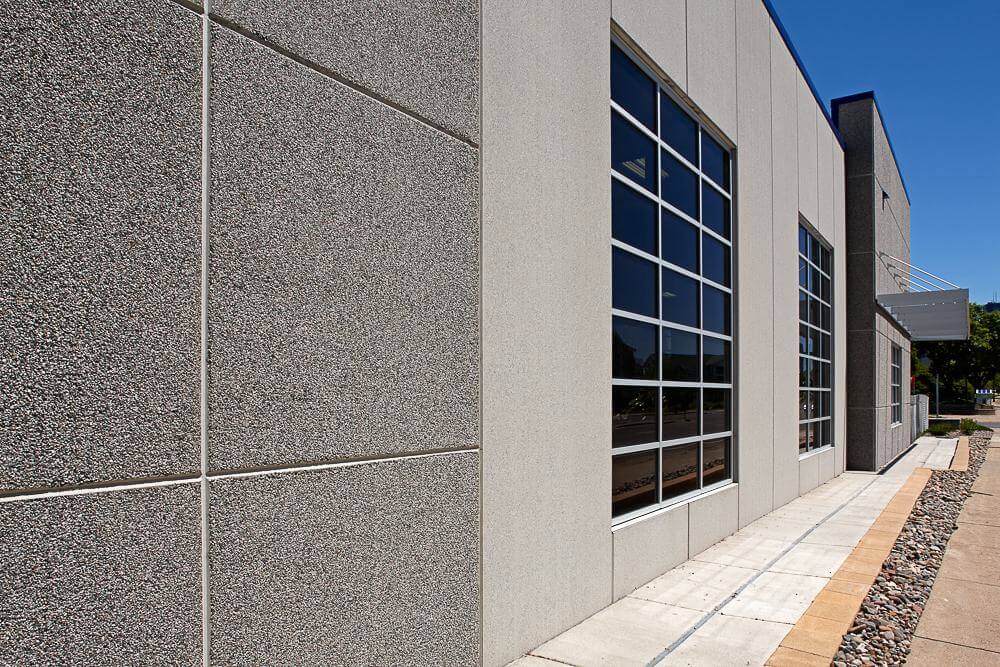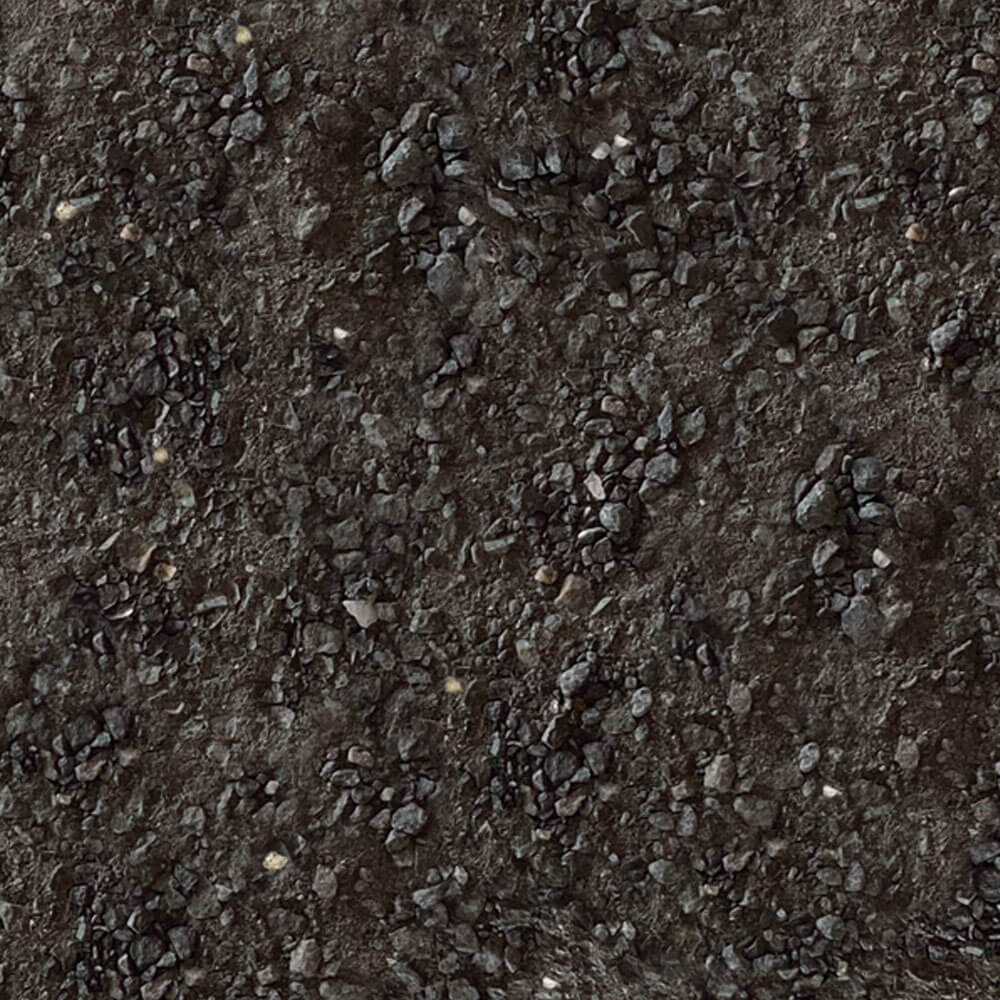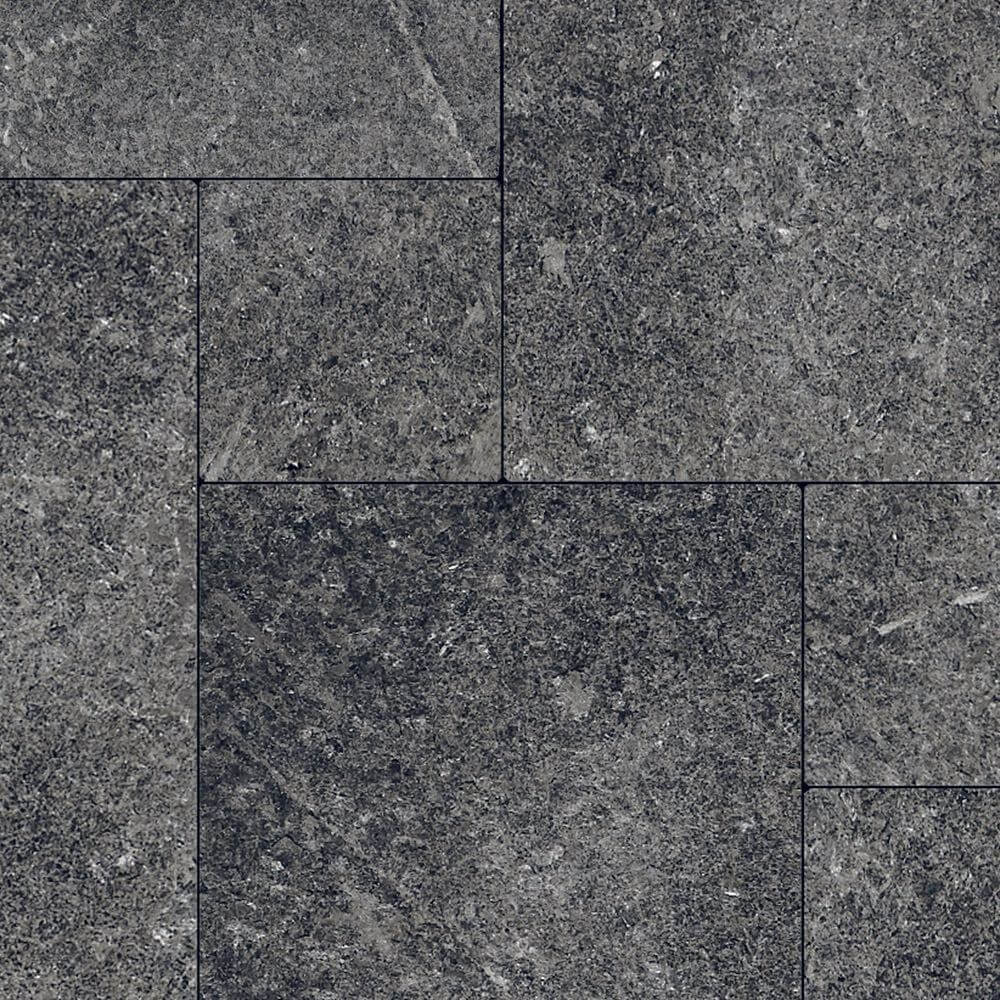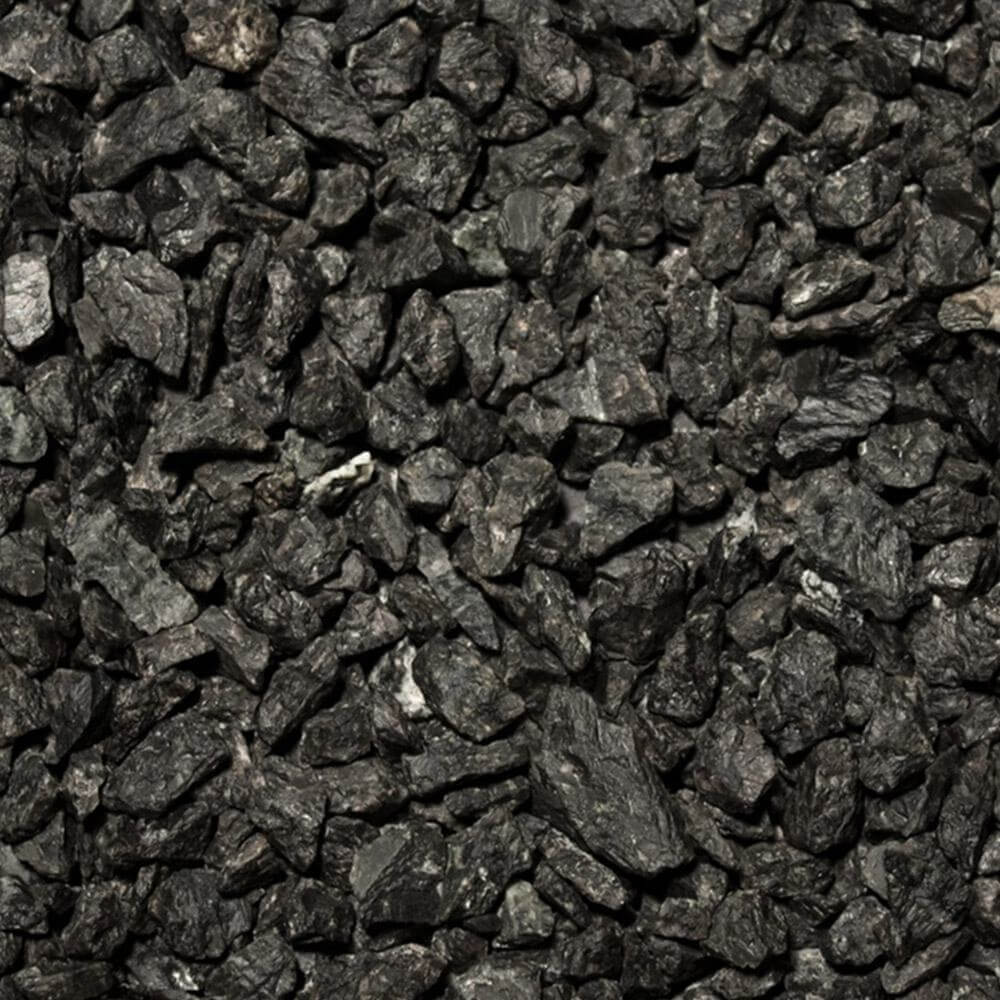From department store walls to parking garages to beautiful facades, architectural precast concrete serves a bigger part of building America’s structures than you might realize. By enabling small and large-scale construction projects to be built quicker and with more precision than ever before, architectural precast concrete is a staple in modern construction.
Kafka Granite has been supplying a wide variety of natural stone for architectural precast concrete since the 1980s. From our own quarries and sites across North America, a broad variety of raw material is brought to our state-of-the-art crushing facility in Wisconsin. The highest standards are applied to our aggregate from step one to done, which means you can expect the best product possible for your architectural precast project.
How Precast Concrete Made History
The concrete industry in the U.S. didn’t find its footing until the end of the nineteenth century, and before precast concrete became in option, construction projects required skilled workers to be on-site to tediously build formwork for cast-in-place concrete. Not only was this a time-consuming and inefficient process, but it was also a very costly one. The U.S. relied on stone, brick, and wood instead of concrete for construction projects far longer than other countries.
The 1910s saw the beginning of precast wall panels being manufactured and marketed for the construction of economical housing. The appeal? Precast concrete could be manufactured to mimic stone or other patterns, making for housing that was affordable and attractive. The origins of precast architectural concrete saw the manufacturing of concrete slabs that were 9 feet tall and 4 to 10 feet wide. These premade slabs could be quickly slotted together for fast and cost-effective home construction.
The 1930s saw increased use and the introduction of exposed aggregate to the process. The benefits of precast concrete were impossible to deny and had it becoming a standard for construction. Some benefits found early on included:
– Minimal formwork needed as cast forms could be reused throughout projects
– A controlled production environment could achieve a higher-quality product
– Reinforcements could be placed more easily than on-site cast-in-place forms
– Curing time was greatly reduced
– Aggregate concrete panels were lighter in weight than panels without aggregate
The 1950s and ‘60s saw an increasing love affair with architectural precast concrete in part due to better construction equipment to handle large slabs, such as cranes. Better manufacturing technology and processes also caused a boom in texture, color, and pattern variety, making it appealing for both residential and commercial use. Precast panels featuring exposed aggregate became especially popular and featured on iconic buildings such as the Walters Art Museum of Baltimore, Maryland and the Pan American building in New York City.
Architectural precast concrete has come a long way since it came into popularity. It has revolutionized the structural environments we live and work in, making building America more efficient, durable and cost-effective than ever. Today, some of Kafka Granite’s aggregate can be seen in precast concrete wall panels on skyscrapers, sports stadiums, and other commercial projects throughout the world.
How Kafka Makes Precast Concrete Beautiful
While architectural precast concrete can be formed into virtually any shape, size, or pattern, Kafka Granite’s variety of aggregates can bring a bold essence unmatched by others. When selecting an aggregate or sand to add to your architectural precast concrete project, Kafka can match the precise standards your project needs with our state of the art crushing and cutting facility. With one of the widest aggregate color portfolios, you will be able to find the perfect aggregate blend to compliment your project. From bright and bold greens, oranges and reds to subtle and rustic neutral tones, the variety can also be crushed to custom sizes, while the most common are 9/16 x 3/16” and 3/16”-.
Common Applications of Aggregate in Architectural Precast Concrete
Architectural precast aggregates add a desired aesthetic to any project you have in the pipeline. These precast concrete forms are truly multipurpose and have been used as the perfect solution for multistory office buildings, parking structures, medical complexes, sports stadiums, and more.
There are many reasons behind the widespread use of architectural precast concrete. In addition to the aforementioned aesthetic designs that can be achieved, this product also provides immense durability. Precast concrete is entirely fire-, rot-, termite-, and mold-resistant. Solid construction can also withstand tornado-force winds, which means the people inside of these structures can stay safer in the face of natural disaster.
Stationed in Wisconsin, Kafka Granite is all too familiar with how much adverse weather can impact a project’s progress. Precast concrete enables structural components to be made and cured in a controlled indoor environment where weather isn’t a factor. So while rain, snow or excessive heat might stop work on a construction site, progress is still being made in precast concrete manufacturing.
The tight quality control during the manufacturing phase of architectural precast means that walls, floors and more will show up on the jobsite ready to placed, leveled and fully installed—and faster than you could imagine.
Get Building Today with Kafka Granite
The history and innovation of exposed architectural precast concrete has revolutionized the way America is building. From a local municipal building to a state of the art stadium, it saves time and money, which means the buildings and infrastructure we rely on can come together sooner. The addition of exposed aggregate will help you create a beautiful and timeless aesthetic as it’s one of the most common surface treatments for precast concrete today.
If you have questions about sourcing aggregate for architectural precast concrete, call or message one of our experts today. Kafka’s products can add a one-of-a-kind appeal to your architectural precast wall panels, leaving your project memorable for decades to come.




